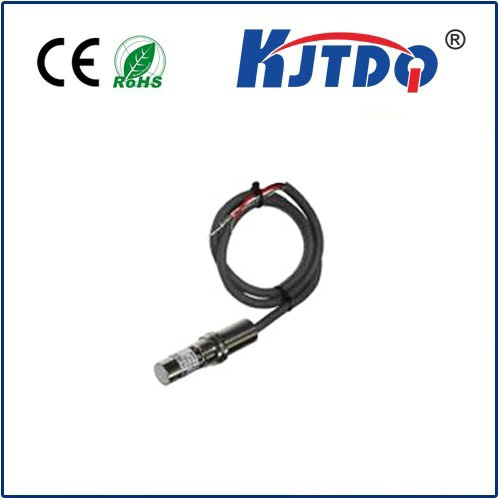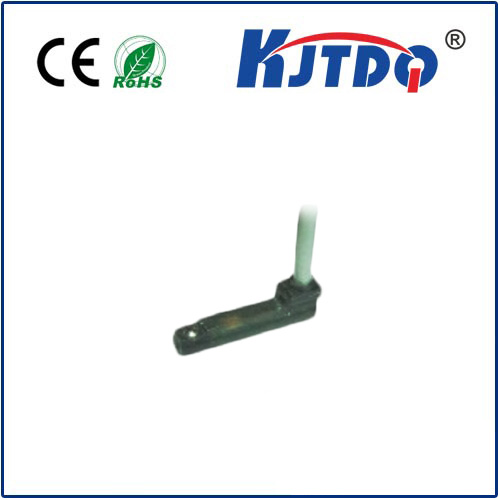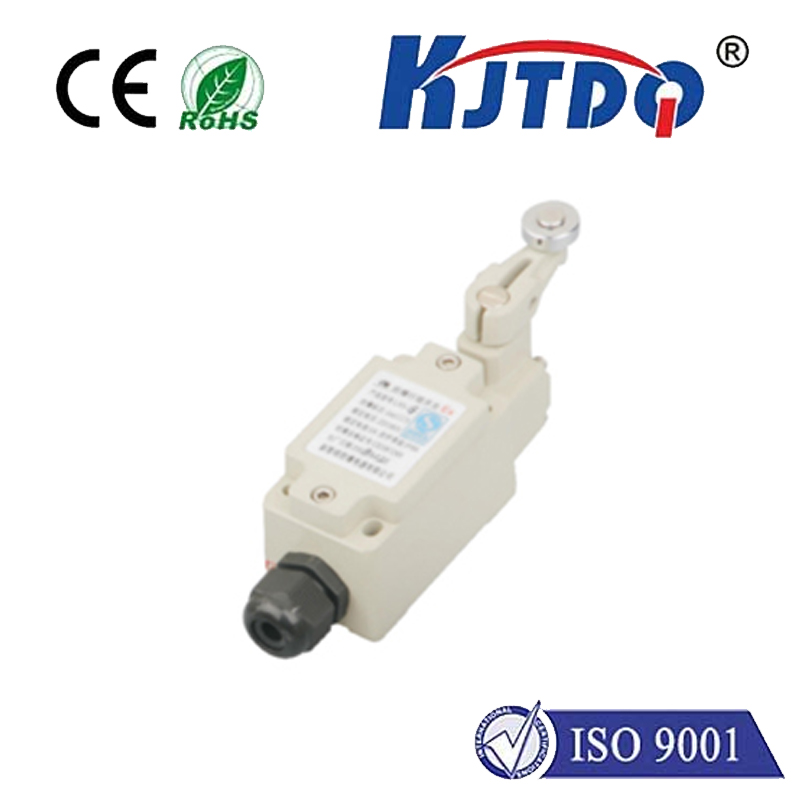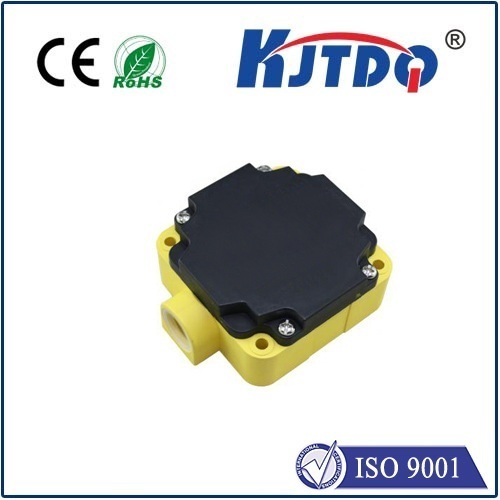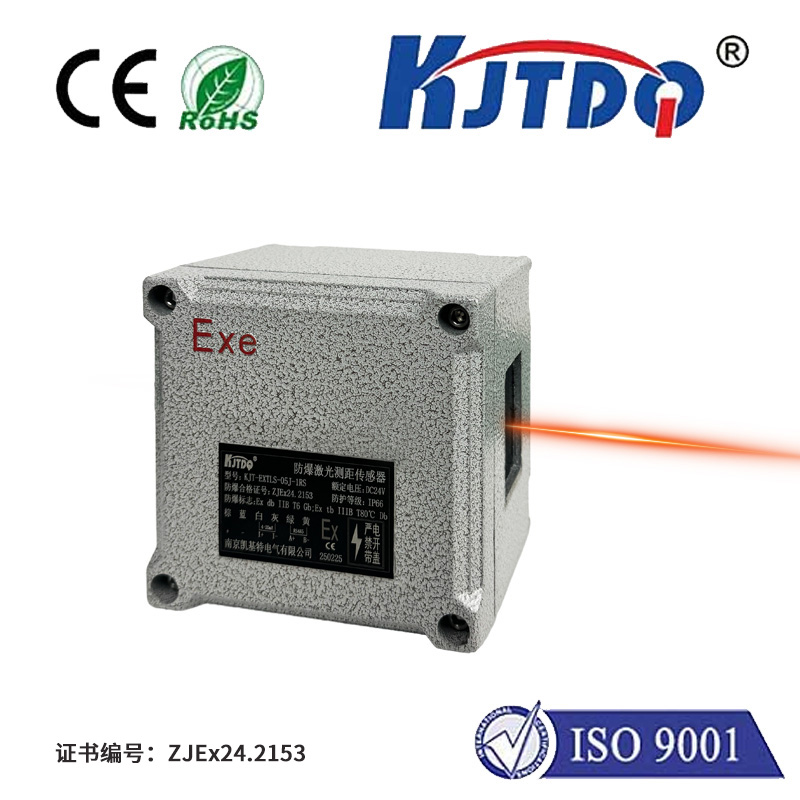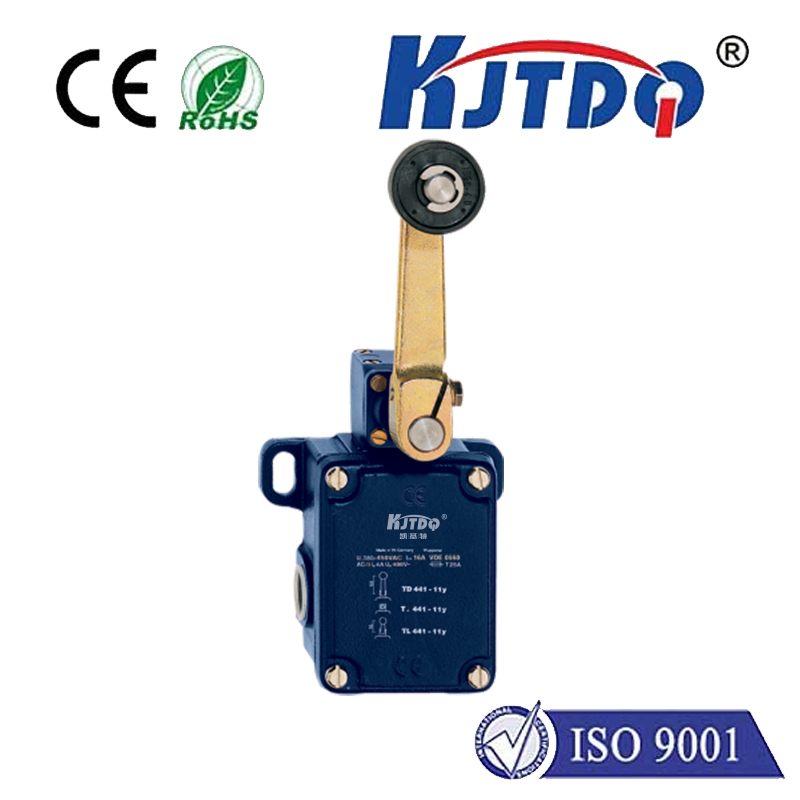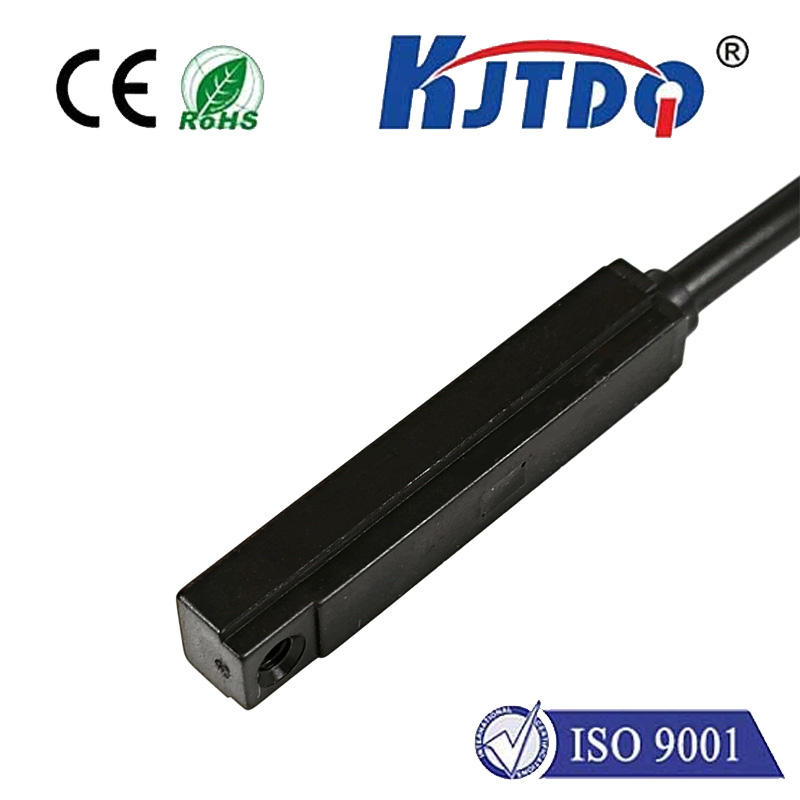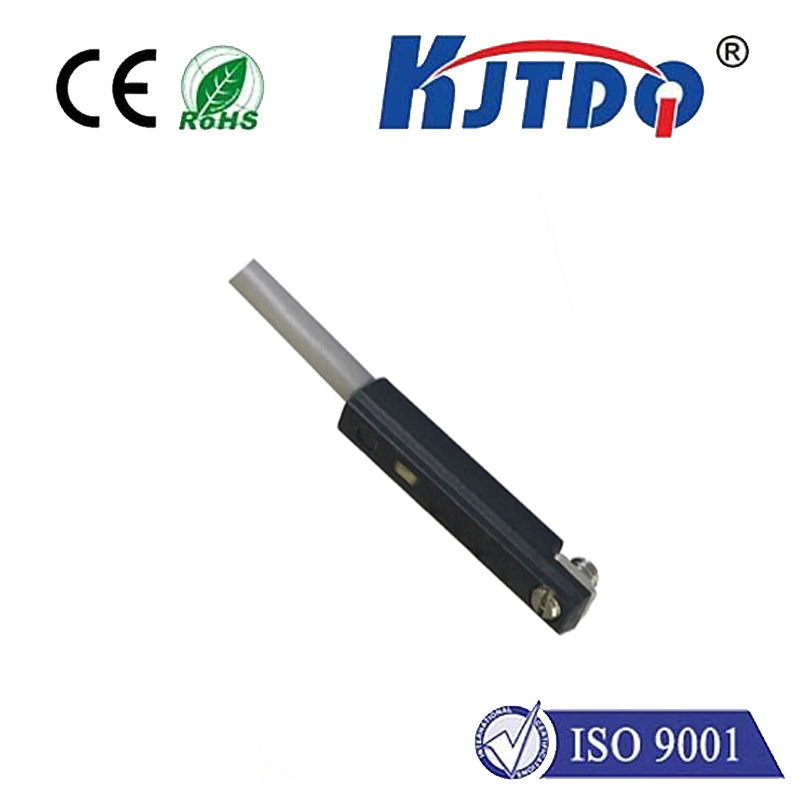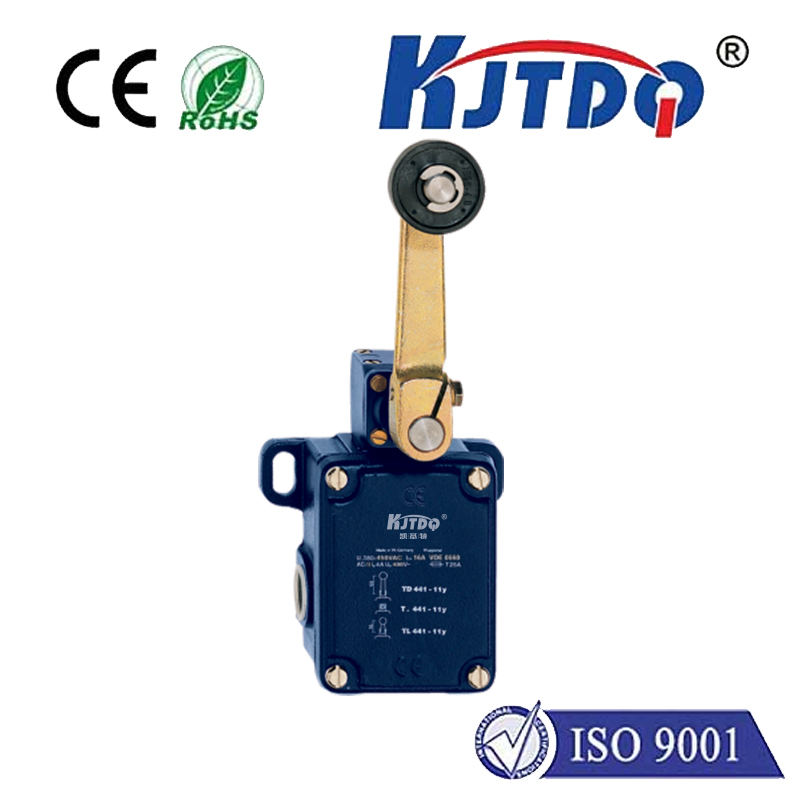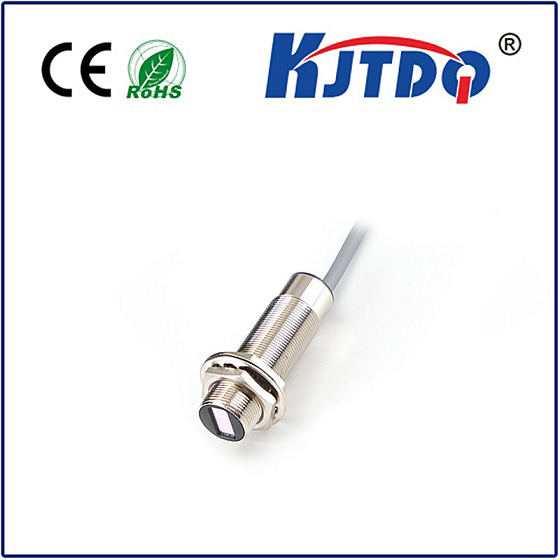

check

check

check

check

check

check

check

check

check

check
Title: Understanding the Moeller Limit Switch: A Comprehensive Guide
Introduction
Moeller limit switches are an essential component in various industrial and automation systems. They help to control the speed of machines, prevent overspeed, and ensure safe operation. In this article, we will provide a comprehensive guide to understanding the Moeller limit switch, its working principle, types, and applications.
Section 1: What is a Moeller Limit Switch?
A Moeller limit switch is a mechanical device designed to detect a change in motion or position. It consists of two parts: a contact mechanism and a stem that moves when the machine's position changes. The contact mechanism can be either a metal slider or a pneumatic actuator, depending on the application. When the machine reaches a certain point, the contact mechanism breaks the circuit, indicating that the machine has reached its limit.
Section 2: Working Principle of a Moeller Limit Switch
The working principle of a Moeller limit switch is based on the concept of zero-crossing detection. Zero-crossing occurs when the position of the machine changes from negative to positive or vice versa. This change in position triggers the contact mechanism to move, which breaks the circuit and sends a signal to the control system. The signal can be either an electrical or mechanical signal, depending on the specific type of Moeller limit switch.
Section 3: Types of Moeller Limit Switches
There are several types of Moeller limit switches available in the market, including:
1. Contactless Limit Switches: These limit switches use no physical contacts and rely on capacitive sensing technology to detect zero-crossing. They are highly accurate and have a long lifespan.
2. Mechanical Limit Switches: These limit switches use a metal slider or pneumatic actuator to detect zero-crossing. They are simple and cost-effective but require regular maintenance.
3. Photoelectric Limit Switches: These limit switches use light sensors to detect zero-crossing. They require an external power source and are suitable for applications where visibility is critical.
4. Electromechanical Limit Switches: These limit switches combine the features of both mechanical and photoelectric limit switches. They use a mechanical slider or pneumatic actuator to detect zero-crossing and also utilize light sensors for better accuracy.
Section 4: Applications of Moeller LimitSwitches
Moeller limit switches find applications in various industries, including automotive, aerospace, medical, and manufacturing. Some of the common applications include:
1. Speed control: Moeller limit switches are used to control the speed of motors and other moving components in machines. They prevent overspeeding and ensure safe operation.
2. Position control: Moeller limit switches are used to detect changes in position and provide feedback to the control system. They are particularly useful in applications where precise positioning is required, such as robotics and CNC machines.
3. Load limiting: Moeller limit switches are used to protect machines from overloading by detecting when the load reaches a certain point. They trigger an alarm or stop the machine before damage occurs.
Conclusion
In conclusion, Moeller limit switches play a crucial role in ensuring safe and efficient operation of various industrial and automation systems. By understanding their working principle, types, and applications, you can select the right type of Moeller limit switch for your specific needs and ensure proper installation and maintenance.
